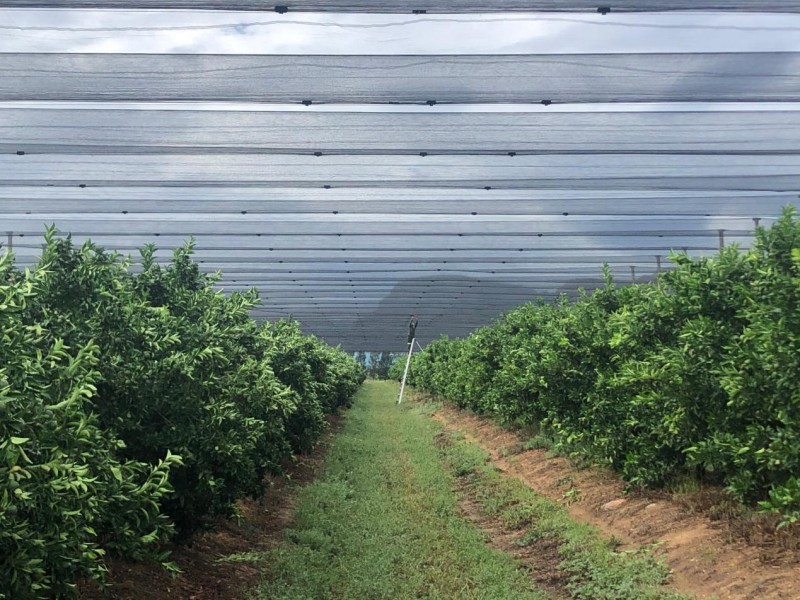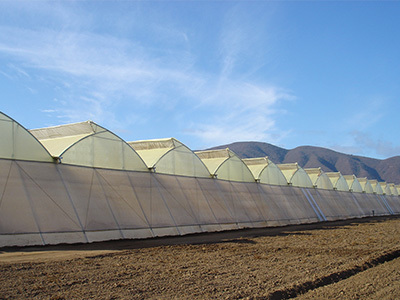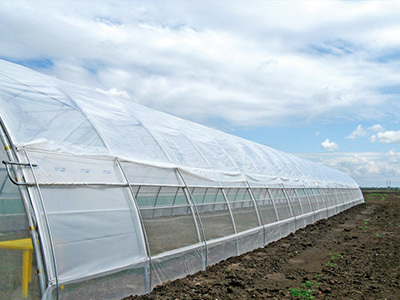Enhancing Agricultural Resilience: The Benefits of Anti-UV and Anti-Hail Nets
In the modern agricultural landscape, protecting crops from various environmental stressors is of paramount importance. One effective solution that has gained significant attention is the use of anti-UV and anti-hail nets. These specialized agricultural nets are designed to shield crops from both harmful ultraviolet (UV) radiation and the damaging effects of hail, thereby fostering healthier plant growth and maximizing yield potential.
Anti-UV nets are engineered to filter out harmful UV rays that can cause a range of negative effects on plants. Prolonged exposure to UV radiation can lead to stunted growth, reduced photosynthesis, and in some cases, increased susceptibility to diseases. By utilizing anti-UV nets, farmers can create a controlled environment that mitigates these risks, promoting healthier crops and improving overall agricultural resilience.
In addition to UV protection, anti-hail nets serve as a physical barrier against hail damage, which can be particularly devastating during severe weather events. Hail can obliterate young plants, reduce fruit quality, and ultimately impact the economic viability of a farming operation. The installation of anti-hail nets provides an essential safeguard, acting as a shield that absorbs the impact of hailstones and prevents them from reaching the crops below. This proactive approach to crop protection can be a game-changer for farmers, especially in regions prone to unpredictable weather patterns.
Moreover, the use of these nets contributes to sustainable agricultural practices. By reducing the need for chemical treatments to combat UV-related plant stress and hail damage, farmers can adopt a more eco-friendly approach. This aligns with the growing consumer demand for sustainably produced food, creating additional market opportunities.
When considering the implementation of anti-UV and anti-hail nets, it is essential to assess various factors, including the specific crop types, local climate conditions, and potential pests. Each of these elements can impact the effectiveness of the nets, making a tailored approach critical for achieving the desired outcomes. Additionally, proper installation and maintenance of the nets are vital to ensure they perform optimally throughout their lifespan.
In conclusion, anti-UV and anti-hail nets represent an innovative and effective solution for safeguarding agricultural crops against environmental threats. By investing in these protective measures, farmers can enhance crop resilience, improve yield potential, and contribute to sustainable farming practices. The integration of such technologies not only benefits the agricultural sector but also plays a pivotal role in ensuring food security in an ever-changing climate.
Anti-UV nets are engineered to filter out harmful UV rays that can cause a range of negative effects on plants. Prolonged exposure to UV radiation can lead to stunted growth, reduced photosynthesis, and in some cases, increased susceptibility to diseases. By utilizing anti-UV nets, farmers can create a controlled environment that mitigates these risks, promoting healthier crops and improving overall agricultural resilience.
In addition to UV protection, anti-hail nets serve as a physical barrier against hail damage, which can be particularly devastating during severe weather events. Hail can obliterate young plants, reduce fruit quality, and ultimately impact the economic viability of a farming operation. The installation of anti-hail nets provides an essential safeguard, acting as a shield that absorbs the impact of hailstones and prevents them from reaching the crops below. This proactive approach to crop protection can be a game-changer for farmers, especially in regions prone to unpredictable weather patterns.
Moreover, the use of these nets contributes to sustainable agricultural practices. By reducing the need for chemical treatments to combat UV-related plant stress and hail damage, farmers can adopt a more eco-friendly approach. This aligns with the growing consumer demand for sustainably produced food, creating additional market opportunities.
When considering the implementation of anti-UV and anti-hail nets, it is essential to assess various factors, including the specific crop types, local climate conditions, and potential pests. Each of these elements can impact the effectiveness of the nets, making a tailored approach critical for achieving the desired outcomes. Additionally, proper installation and maintenance of the nets are vital to ensure they perform optimally throughout their lifespan.
In conclusion, anti-UV and anti-hail nets represent an innovative and effective solution for safeguarding agricultural crops against environmental threats. By investing in these protective measures, farmers can enhance crop resilience, improve yield potential, and contribute to sustainable farming practices. The integration of such technologies not only benefits the agricultural sector but also plays a pivotal role in ensuring food security in an ever-changing climate.
Key words:
Related News
11-08
CONTACT US
Email: sales8@meyabond.com
Tel: +8618911966213
No.3 Yard, ZhongHe Road, 100071,FengTai District, Beijing, China
Email: sales6@meyabond.com
Tel: +8618911963856
No.3 Yard, ZhongHe Road, 100071,FengTai District, Beijing, China
















